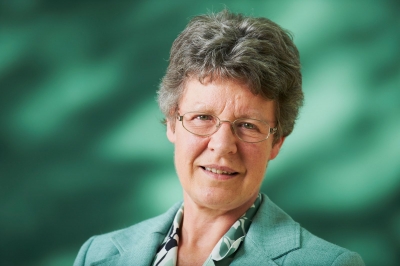
Dame Susan Jocelyn Bell Burnell is an astrophysicist from Northern Ireland who, as a postgraduate student, discovered the first radio pulsars in 1967.[9] She was credited with “one of the most significant scientific achievements of the 20th century”.
Burnell was a PhD student at Cambridge at the time and was working with her supervisor Hewish to make radio observations of the universe. She ended up discovering a pulsar using a vast radio telescope occupying an area of 4.5 acres that was designed by Hewish and joined him and the team of five when the construction of the telescope was about to begin. The telescope was built to measure the random brightness flickers of a different category of celestial objects called quasars.
The telescope took over two years to build and the team started operating it in July 1967. As per Burnell, she had the sole responsibility of operating the telescope and analysing its data output, which amounted to 96-feet of chart paper everyday, which she analysed by hand.
In the 1977 article, titled, “Little Green Men, White Dwarfs or Pulsars?”, Burnell wrote that the story of the discovery of pulsars began in the middle of 1960s when the technique of interplanetary scintillation (IPS) was discovered. This technique involved the fluctuation in the emission of radio signals from a compact radio source such as a quasar and was chosen by Hewish to pick out quasars. While analysing the telescope’s output, Burnell saw that there were unexpected markings on the chart that were recorded approximately every 1.33 seconds.
Picture Credit : Google

